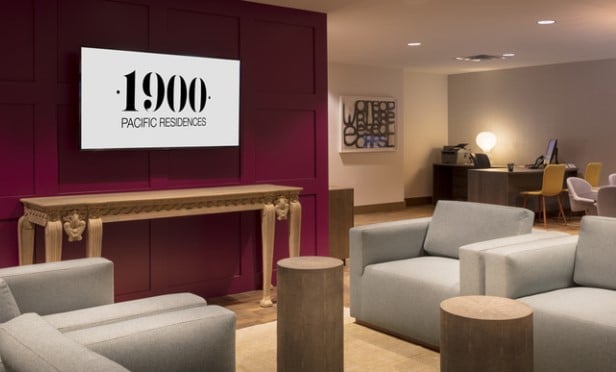It has long been recognized that the younger generations are opting for an urban lifestyle, a reversal of the "suburban flight" of the past. They want the exciting, convenient and amenity-rich lifestyle of city living. They want to be able to walk to restaurants, bars, shopping and work as well as easy access to public transportation.
But what's interesting for developers is that we're seeing many in the huge baby boom generation have the same lifestyle preferences. Their kids are growing up and abandoning the nest, giving them the freedom to pursue locations they wouldn't have considered before.
Many Boomers are ready to transition from suburban life to an easier, lawn-free lifestyle. They want to remain active and desire easy access to cultural facilities, theaters and restaurants. In short, they, too, like the convenience and vibrancy of an urban environment.
To fully capitalize on the shifting generational dynamics, in addition to developing in urban locations, those in the multifamily industry can focus on bringing "city living" to suburban areas with mixed-use projects that create benefits traditionally associated with urban communities. This is because many Boomers are still in close contact with their children and, increasingly, their grandchildren, and want to live where they can see them regularly.
An ideal situation for many is a suburban project that is in close proximity, preferably within walking distance, to shopping and urban-style amenities. Mixed-use developments that sit adjacent to a grocery store and an appealing retail center will provide these consumers with the amenities they want.
In addition to convenience, both demographic groups want more technology, more flexibility and more customization--all with fewer hassles and minimal maintenance.Built-in wireless technology, for instance, is becoming almost mandatory. But beyond WiFi, developers will increasingly need to examine new forms of cutting-edge and built-in technologies, in addition to features that make the space unique, including customizable finishes and colors and flexible floor plans with innovations like moveable walls. Gen-Yers want features such as communal outdoor and indoor spaces that encourage more interaction and community building. Both demographics are focused on high-end appliance packages, well-designed spaces and common areas and maintenance-free landscaping.
High-end amenities are another important feature for both generations. Instead of standard gyms with a few treadmills and free weights, these groups want a large variety of the latest equipment, as well as features like yoga rooms and massage rooms. These luxury amenities will be important components for developers who want to attract both Boomers and Gen-Yers.
When looking for new homes that feature the amenities they want, both generations turn to the web. The Internet has changed the way nearly every product is marketed, especially housing. According to a Pew Internet Life report from December 2005, more than 80% of individuals 30 and younger use the Internet, and for Baby Boomers, the figure isn't much lower, at about 70%. The numbers have only increased since then.These web-savvy generations have increasingly come to expect information and access 24/7, and nowhere are these expectations more true than in house-hunting.
To connect with baby boomers and Gen Yers, developers are shifting their marketing dollars from traditional print advertising to online marketing, including Internet listing services, pay-per-click and both static and interactive banner ads. These options are extremely appealing to today's marketers because they are infinitely measurable.
Many other "social media" options are proving worthwhile, such as Craigslist and Facebook. Newly growing opportunities include streaming videos that bring properties to life, either on property websites or on video-based social networks like YouTube and Google Video. These newer web technologies, termed Web 2.0, however, eliminate the competitive advantage management companies or large home builders have in their marketing--anyone can do it, and they are relatively inexpensive, if not free.
The significant trends in product innovation and consumer communication we are seeing today, and much of what we'll see tomorrow, will be driven by boomers and in particular the newly powerful Gen Yers. Although they are distant in age, these important demographic groups are not so far apart in what they desire in living.
Thomas S. Bozzuto is chief executive officer and chairman of the Bozzuto Group, based in Greenbelt, MD. The views expressed in this article are the author's own.
© Touchpoint Markets, All Rights Reserved. Request academic re-use from www.copyright.com. All other uses, submit a request to [email protected]. For more inforrmation visit Asset & Logo Licensing.






